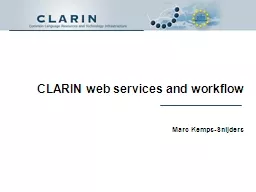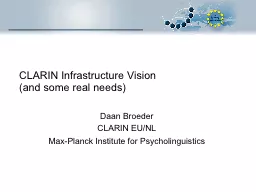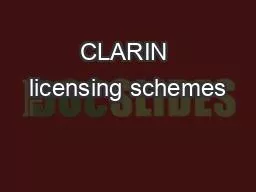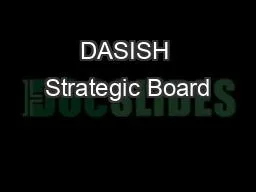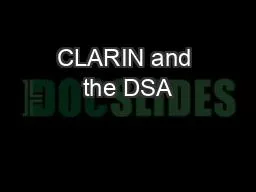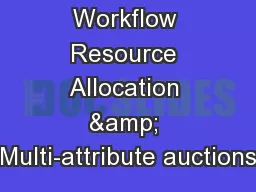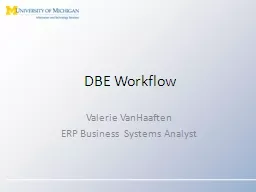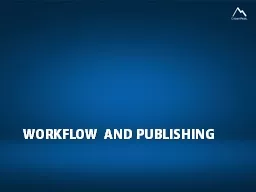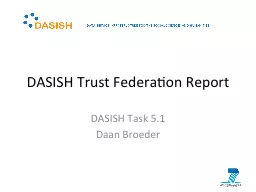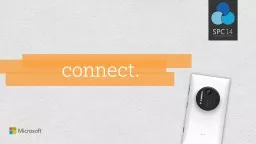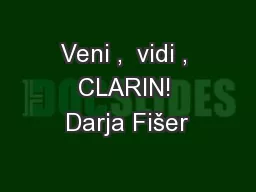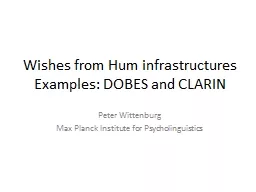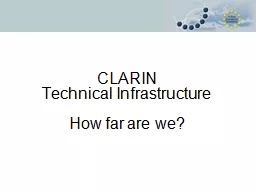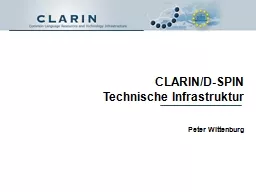PPT-CLARIN web services and workflow
Author : conchita-marotz | Published Date : 2018-02-28
Marc KempsSnijders Expected practices and interface descriptions SOAP WSDL XMLRPC WSDL REST WADL WSDL Currently web services from a number of organizations
Presentation Embed Code
Download Presentation
Download Presentation The PPT/PDF document "CLARIN web services and workflow" is the property of its rightful owner. Permission is granted to download and print the materials on this website for personal, non-commercial use only, and to display it on your personal computer provided you do not modify the materials and that you retain all copyright notices contained in the materials. By downloading content from our website, you accept the terms of this agreement.
CLARIN web services and workflow: Transcript
Download Rules Of Document
"CLARIN web services and workflow"The content belongs to its owner. You may download and print it for personal use, without modification, and keep all copyright notices. By downloading, you agree to these terms.
Related Documents

